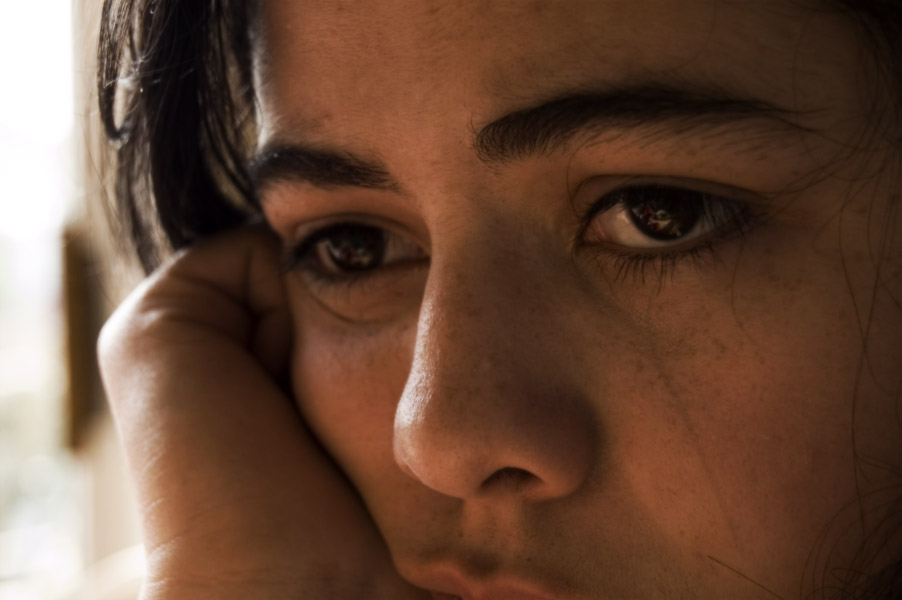>> February is the longest month. At least two days shorter than every other month, it seems to take at least twice as long to get through. Part of the reason is because I suffer from >>Seasonal Affective Disorder (SAD) , which, for me, peaks this month.
February is the longest month. At least two days shorter than every other month, it seems to take at least twice as long to get through. Part of the reason is because I suffer from >>Seasonal Affective Disorder (SAD) , which, for me, peaks this month.
Those afflicted from SAD (perhaps one of the most apt acronyms ever) suffer from depression related to a change in the seasons, most commonly occurring in the fall and lasting through the winter, as the days get shorter, colder, and darker.
This week I’m feeling a little extra blue because a >>new study published in the Clinical Psychological Science journal by the Department of Psychology at Auburn University finds that SAD, while “ strongly rooted in folk psychology… is not supported by objective data.”
At first glance, this news hit me hard. How could what I feel each year, my physical and emotional symptoms, be made up? I (and the other people who suffer from SAD) am not faking. What effect would this have on how people seek and receive treatment?
SAD affects four to six percent of the population with a mild form affecting another ten to twenty percent. So I worry because this study is one more thing that can discount how a person suffering from depression feels. Perceiving that healthcare professionals, family, and friends view your symptoms as fake, silly, or baseless only serves to further isolate the person suffering from receiving help and treatment.
Since women are four times more likely to suffer from SAD, I fear it will become viewed as another female malady — not to be taken seriously — if it is taken out of the >>Diagnostic and Statistical Manual of Mental Disorders or if “seasonal variation as a diagnostic modifier of major depression” is discontinued (as the study recommends).
And, as usual, it is the media that feeds these beliefs that those suffering are making it up with headlines like >>“Stop blaming SAD for your bad mood — it doesn’t exist!” and >>“SAD news: there’s no such thing as seasonal affective disorder.”
Fortunately, not everyone is taking this study and the headlines as the final word. Britain’s National Health Service, for example, >> explains what I felt in my gut when reading the survey: while it was conducted from a large pool of people over various geographical locations, it was done by telephone, an impersonal method of ascertaining answers that allows participants to lie more easily and isn’t the same as having a person evaluated face to face by a trained clinician.
Whether SAD is “debunked” or not, the treatment for it still lies in taking care of yourself: exposing yourself to more sunlight and outdoor time, exercising, eating healthy, talking to a trained professional, and taking prescribed medication if necessary.
And, most importantly, how you are feeling is how you are feeling, no matter what a study says. The reasons for those feelings may be important to understanding the purpose of treatments, but whether the causes are known or not, your symptoms are real and you deserve to be taken seriously.
Jennifer Brick is a freelance writer and former teacher in Durham, North Carolina. She earned her Masters of Fine Arts in Creative Nonfiction from Goucher College. Follow her on Twitter @jenbrickwrites.
There are no comments
Add yours